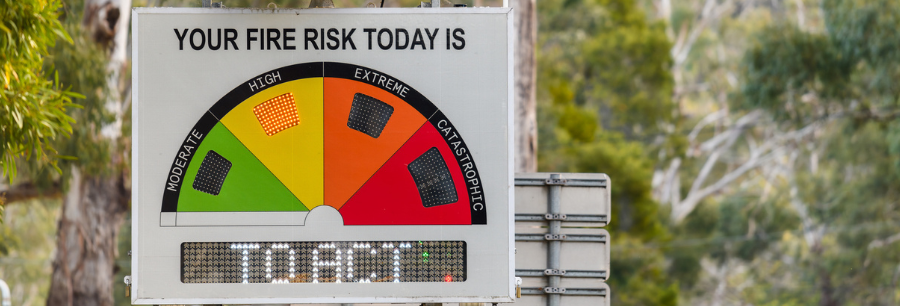New Research Highlights Increasing Frequency of Bushfires Across Australia as Summer Approaches
New research from the University of Wollongong (UOW) shows evidence of a significant increase in the frequency and intensity of bushfires.

New research from the University of Wollongong (UOW) shows evidence of a significant increase in the frequency and intensity of bushfires in south-eastern Australia over the last 200 years due to the complex interactions between climate, people, and vegetation. The results of this research will help prepare for and mitigate future bushfires.
Led by first author Ms Rebecca Ryan*, from UOW’s School of Earth, Atmospheric and Life Sciences, the research, published in the International Journal of Wildland Fire, sheds light on how fire characteristics have evolved over more than 3000 years.
With detailed analysis of sediment samples in the Blue Mountains in New South Wales and Namadgi National Park in the Australian Capital Territory to identify changes in chemical bonds, Ms Ryan was able to assess the heat and energy output of past fire events over thousands of years, and it showed rapid change in the past two centuries.
Ms Ryan noted that the interactions between climate, people, and vegetation are so interconnected and entangled that it is nearly impossible to attribute just one of these factors as the sole driver for more frequent and intense fire events.
“Over the past 200 years, there has been a shift in vegetation species, particularly the expansion of eucalypts, which has increased the ability for the fire to burn into the canopy,” Ms Ryan said. “The volatile oils present within the eucalypt species also increase the energy output of the fire and promote fire spread.
“The increased frequency of extreme and prolonged droughts means that there is an increased incidence of human-ignited fires coinciding with severe fire weather and higher fuel loads.”
The research's findings, which help us better understand how fire behaviour has changed, are critical for future bushfire planning and prevention.
“This new record expands our knowledge of the history of fire characteristics in south-eastern Australia and is important to inform how organisations such as the Rural Fire Service and National Park and Wildlife Service approach land management practices and fight more frequent fires that burn at higher intensities,” Ms Ryan said.
*The research was conducted by Rebecca Ryan and Professor Anthony Dosseto from the Wollongong Isotope Geochronology Laboratory, and Emeritus Professor Ross Bradstock and Dr Katharine Haynes from the School of Earth Atmospheric and Life Sciences at UOW. Collaborators from the University of New South Wales, the Australian National University, James Cook University, the University of Southampton in the United Kingdom and Comenius University in Slovakia also contributed to the paper.
